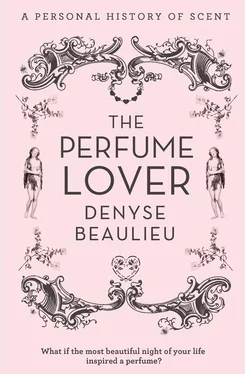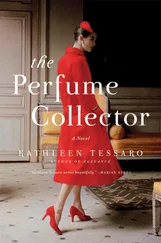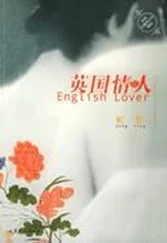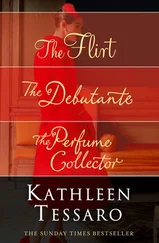The great divide yawned open in the early 19th century when upper-class men ditched their coloured and embroidered silks to adopt the black suit as a uniform, leaving it up to their women-folk to showcase the family wealth. Fragrance was contrary to the new bourgeois capitalist ethics, a conspicuous waste of precious materials that evaporated as they were used, as Pliny the Elder was already grumbling all the way back in the Roman Empire. It was also deceitful, suspected of hiding a lack of hygiene or lewd ulterior motives and, as such, clashed with the puritanical values of the Industrial Age. Men were meant to smell clean: the family breadwinner wasn’t out to seduce. Though there were, alongside the non-gendered colognes, a few lotions, vinegars, hair cosmetics and aftershaves designed for men, the ranges were limited. They did, however, establish what was acceptable for men: lavender, citrus, aromatic herbs, moss, leather …
The gendering of fragrance was also a consequence of the industrialization of perfumery. Once products started having original names rather than generic ones like ‘Eau de Chypre’ or ‘Eau de Cologne’, they had to be geared towards a specific clientele. In 1904, Guerlain would put out Mouchoir de Monsieur (‘gentleman’s handkerchief’) to complement its Voilette de Madame, but that was the exception rather than the rule. Men mostly had to make do with what they bought in barbershops, pharmacies or department stores: haute perfumery wasn’t meant for them at all.
It was only in the late 19th century that a fragrance family we’ve come to think of as specifically masculine was introduced, the fougère, (the ‘fern’) named after Houbigant’s Fougère Royale, believed to be the first fragrance in history to use synthetic materials. Fougères are built on a framework of bergamot (an aromatic, peppery citrus), geranium (a rounded note from the rose family, but fresher), oak moss (earthy, green, mossy) and a synthetic called coumarin, initially extracted from the tonka bean (but made much more cheaply through another process), which smells of tobacco, almond and hay. They often incorporate aromatic notes such as lavender and therefore fall within more masculine olfactory codes.
Конец ознакомительного фрагмента.
Текст предоставлен ООО «ЛитРес».
Прочитайте эту книгу целиком, купив полную легальную версию на ЛитРес.
Безопасно оплатить книгу можно банковской картой Visa, MasterCard, Maestro, со счета мобильного телефона, с платежного терминала, в салоне МТС или Связной, через PayPal, WebMoney, Яндекс.Деньги, QIWI Кошелек, бонусными картами или другим удобным Вам способом.












